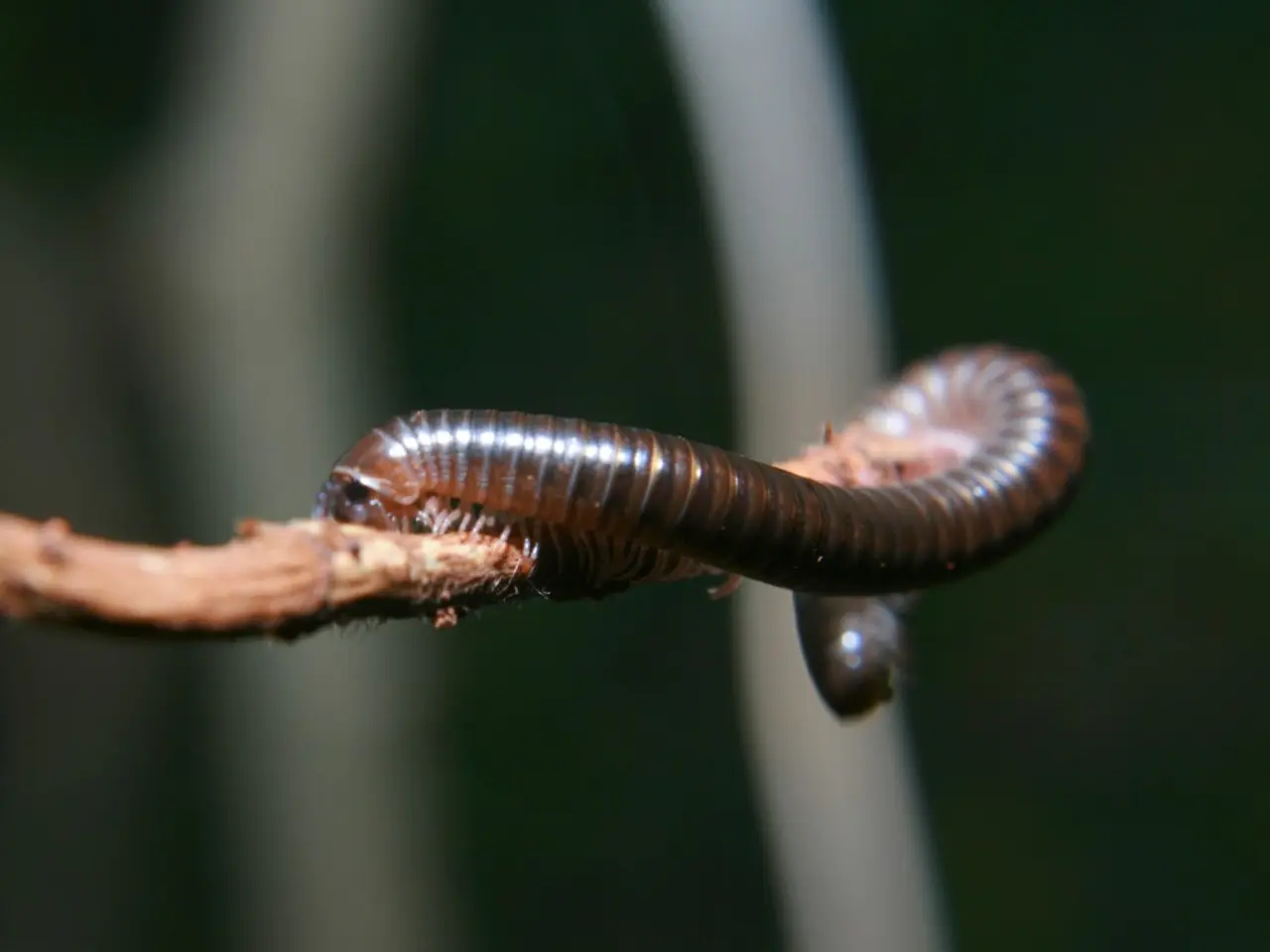Unraveling the Mysteries of Worm Evolution: A Deep Dive into the Scientific Exploration of Nematode Development
In a groundbreaking study published in Science, researchers have delved deep into the intricacies of evolution, focusing on the gene expression patterns of two transparent roundworm species, *Caenorhabditis elegans* and *Caenorhabditis briggsae*. The study, originally published by Cosmos under the title "Scientists wriggle deep into worm evolution", utilized RNA sequencing techniques to compare the gene expression of the two organisms.
Despite tens of millions of years of evolutionary separation, the study revealed a high level of similarity in gene expression programs during embryogenesis. This finding underscores the conserved invariant embryonic lineage shared by both species, making them ideal for comparative developmental studies.
However, the study also identified thousands of genes showing divergence in their cell type-specific expression patterns, particularly genes related to environmental response and behavior. Among cell types, neuronal cells exhibited higher divergence in gene expression compared to more conserved tissues such as the intestine and germline. This suggests that certain functional gene categories and cell types are more evolutionarily flexible or subject to selective pressures.
Dr. Robert Waterston, co-author of the paper and professor of genome sciences at the University of Washington School of Medicine, expressed surprise at the coherence in gene expression patterns. He noted that if a gene is broadly expressed in many cell types across the organism, it may be difficult to change its expression.
The changes observed in gene expression were more likely to be found in specialized cells, such as those involved in responding to the worm's environment. This finding contributes to understanding evolutionary development by highlighting constraints and flexibility in developmental gene expression.
The conserved patterns underscore fundamental developmental processes that are maintained across species, while the divergent gene expression patterns reveal how evolutionary changes can shape species-specific traits, especially those related to environmental adaptation and behavior.
The study's method of comparing the entire genome of two species helps scientists to begin to understand how patterns of gene expression change across evolution. This work advances our understanding of how developmental gene expression evolves, balancing conservation for core developmental processes with divergence for adaptive traits.
When fully developed, these worms are about a millimeter long and made up of about 550 cells. This is the first time that scientists have been able to compare development in every single cell of two different organisms, as stated by Dr. Junhyong Kim, the study's co-author from Penn Genome Frontiers Institute.
While the study provides valuable insights into evolutionary development, it's hard to say whether any of the differences observed were due to evolutionary adaptation or simply the result of genetic drift. Further research is needed to clarify these findings and their implications for our understanding of evolution.
The two worm species share roughly 20,000 genes with other organisms like humans, opening the door for future studies. The approach used in this study will allow scientists to explore many unanswered questions about evolution.
The study's lead author, Christopher Large from the University of Pennsylvania, noted that genes related to neuronal function appear to diverge more rapidly. This suggests that neuronal development may be a key area for future research into evolutionary adaptation.
The findings of this study offer a fascinating glimpse into the intricate dance of conservation and adaptation in evolutionary development. As we continue to unravel the mysteries of gene expression, we gain a deeper understanding of the forces that shape the diversity of life on our planet.
In the realm of health-and-wellness and fitness-and-exercise, this groundbreaking study could potentially uncover essential truths that aid in the better understanding of genetic adaptations in response to new environments and behaviors. For instance, the study revealed that genes related to neuronal function may diverge more rapidly, hinting at a potential focus for future research on evolutionary adaptation.
Simultaneously, the comparative investigation of two transparent roundworm species has opened up avenues in science, especially for comparative developmental studies, exploring the genetic modifications that occur in specialized cells involved in responding to the environment, which falls under the broader category of health-and-wellness and fitness-and-exercise.




